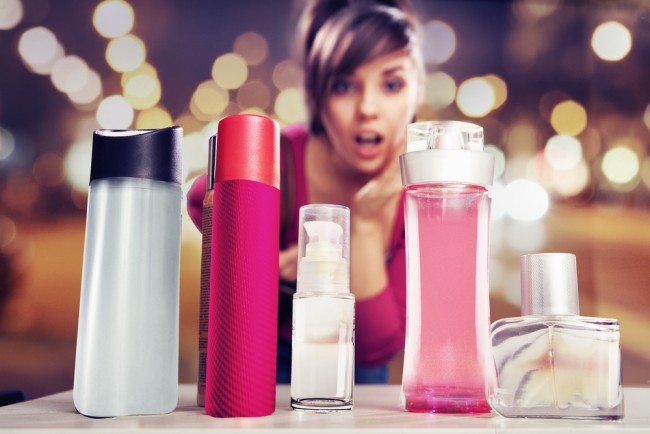Beauty Ingredients Banned in Europe, But Not US!

While the US only has just over 10 ingredients that are banned from being used in cosmetic products, Europe has over 1000, many of which are extremely hazardous but are still used in American beauty products. OROGOLD takes a look at some of the ingredients that are banned in Europe, but still being used in the US.
Lead
In 2012, the US FDA released a report that confirmed that over 400 different lipsticks contained traces of lead. However, nothing more has been done about this byproduct of color additives since then. Although the FDA may not be too concerned, other industry experts are alarmed by this. Lead builds up within the body over time, especially when it is being ingested, as is what inevitably happens to some of the lipstick on your lips, and, over time, becomes extremely toxic, especially to the brain.
Quaternium-15
Quaternium-15 is a preservative that is found in a wide range of cosmetic products, from nail polish to eyeshadow. Although it may give your makeup a longer shelf life, it also releases formaldehyde, which is a colorless gas. When this gas is inhaled, it can cause some serious health problems, from nosebleeds to itchy eyes to nose and throat cancer. Everyone’s formaldehyde sensitivity levels are different, so while one person may not have much of a reaction, someone else may find that they are experiencing many of the symptoms that occur after inhaling formaldehyde.
Butylated Hydroxyanisole (BHA)
Another preservative that is used in cosmetic products to give them a longer shelf life, BHA can be found in moisturizers, fragrances and makeup, especially lipstick. The International Agency for Research on Cancer has linked this preservative with cancer and endocrine disruption, and, if that wasn’t enough, BHA also severely affects the environment, by accumulating in water and killing off wildlife. California is the only state that requires products containing BHA to display a warning label, but other than that, it is allowed to be used in a number of cosmetics.
Methyl Cellosolve
Methyl cellosolve is a solvent that is used in moisturizers, serums and a variety of anti-aging creams. However, this solvent is known to cause DNA mutation within the body. Since it is quite an obscure ingredient, it is not always listed on the labels, so can be extremely hard to detect within products. Although not banned in the EU, it is significantly restricted, while Canada has banned it outright.
The fact that the FDA seems to be turning a blind eye to so many harmful ingredients is definitely worrying. However, the FDA has no authority when it comes to skin care and cosmetics, which is why American products contain so many ingredients that are banned in many other countries. OROGOLD highly suggests that you do your own research when it comes to the ingredients that products contain, taking responsibility for what you are putting onto your skin and into your body. The internet is an extremely valuable tool when it comes to this, and a quick online search of a specific ingredient should immediately tell you whether it is safe or not.

